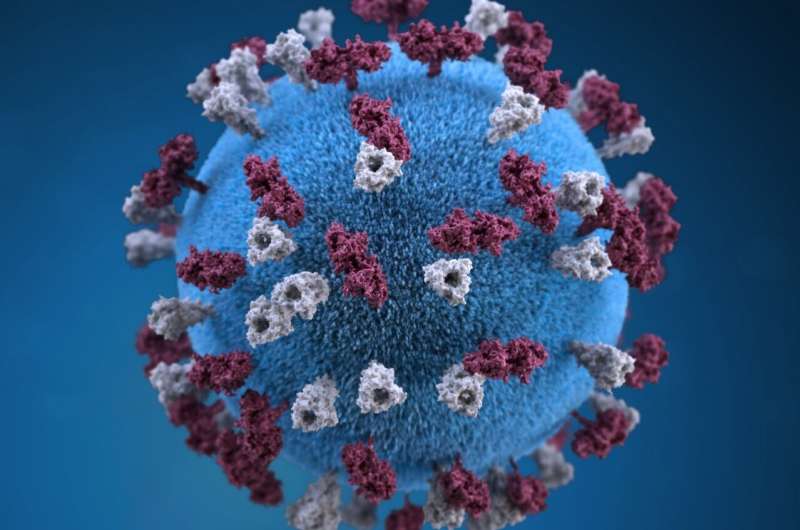New Insights into Aggressive Blood Cancer and Potential Targeted Therapies

Recent research uncovers the role of the enzyme SETD1B in supporting aggressive AML growth, offering new possibilities for targeted epigenetic therapies against this deadly blood cancer.
Acute myeloid leukemia (AML) is a severe and rapidly progressing blood cancer that necessitates immediate medical attention. Despite advances in chemotherapy and targeted treatments, many AML cases remain resistant, leading to frequent relapses and poor patient outcomes. Recent research conducted by scientists from Chiba University in Japan highlights the role of an epigenetic enzyme called SETD1B in supporting the aggressive growth of a subset of AML characterized by the FLT3-ITD mutation—a genetic change associated with worse prognosis.
The study reveals that SETD1B is responsible for adding methyl groups to histone H3 at lysine 4 (H3K4me3), an epigenetic modification that influences gene expression without altering DNA sequences. This process promotes the overexpression of the MYC oncogene, which drives uncontrolled cell division and growth. High levels of H3K4me3 and MYC activity were especially prominent in leukemia cells with FLT3-ITD mutations, common in MLL-rearranged AML, an aggressive leukemia subtype.
Researchers employed advanced genetic screening and CRISPR technology to delete the catalytic domain of SETD1B, the part essential for its methylating activity. They found that disrupting this domain significantly slowed leukemia cell proliferation, particularly in cells harboring FLT3-ITD and Nras mutations, by reducing MYC pathway activity. Reintroducing MYC partially rescued cancer growth, indicating that SETD1B influences AML progression largely via MYC regulation but also has broader effects.
These findings suggest that targeting SETD1B’s enzymatic function could serve as a promising therapeutic strategy for AML, especially for cases with the FLT3-ITD mutation. Drugs like Chaetocin, known to inhibit similar epigenetic enzymes, could be explored as potential treatments. Measuring SETD1B activity may also help identify patients most likely to benefit from such targeted therapies.
Overall, this research underscores the importance of epigenetic regulation in leukemia and opens new avenues for developing more effective, personalized treatments for aggressive blood cancers. Continued studies are anticipated to refine SETD1B-targeted therapies, providing hope for improved outcomes in AML patients.
Stay Updated with Mia's Feed
Get the latest health & wellness insights delivered straight to your inbox.
Related Articles
Minnesota Detects 13 New Cases of Measles in 2025, Total Reaches 18
Minnesota reports 13 new measles cases in 2025, raising the total to 18 amid declining vaccination rates and recent international travel-linked outbreaks. Vaccination remains crucial to prevent further spread.
Nepal's Health Insurance Initiative: Challenges and Early Outcomes
A recent study evaluates Nepal's National Health Insurance Program, revealing challenges like low enrollment and administrative issues, while highlighting its potential to improve healthcare utilization with systemic improvements.
Innovative Cell Line Atlas Advances Therapy Development for Biliary Tract Cancer
A new comprehensive cell line atlas offers critical insights into biliary tract cancer, paving the way for personalized therapies and improved patient outcomes.



